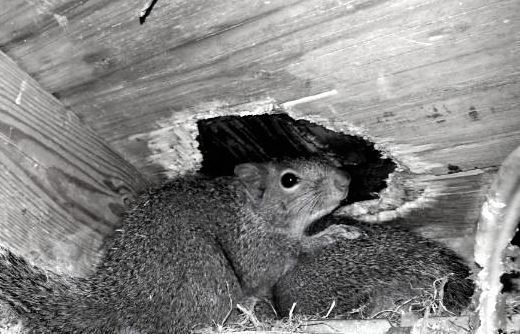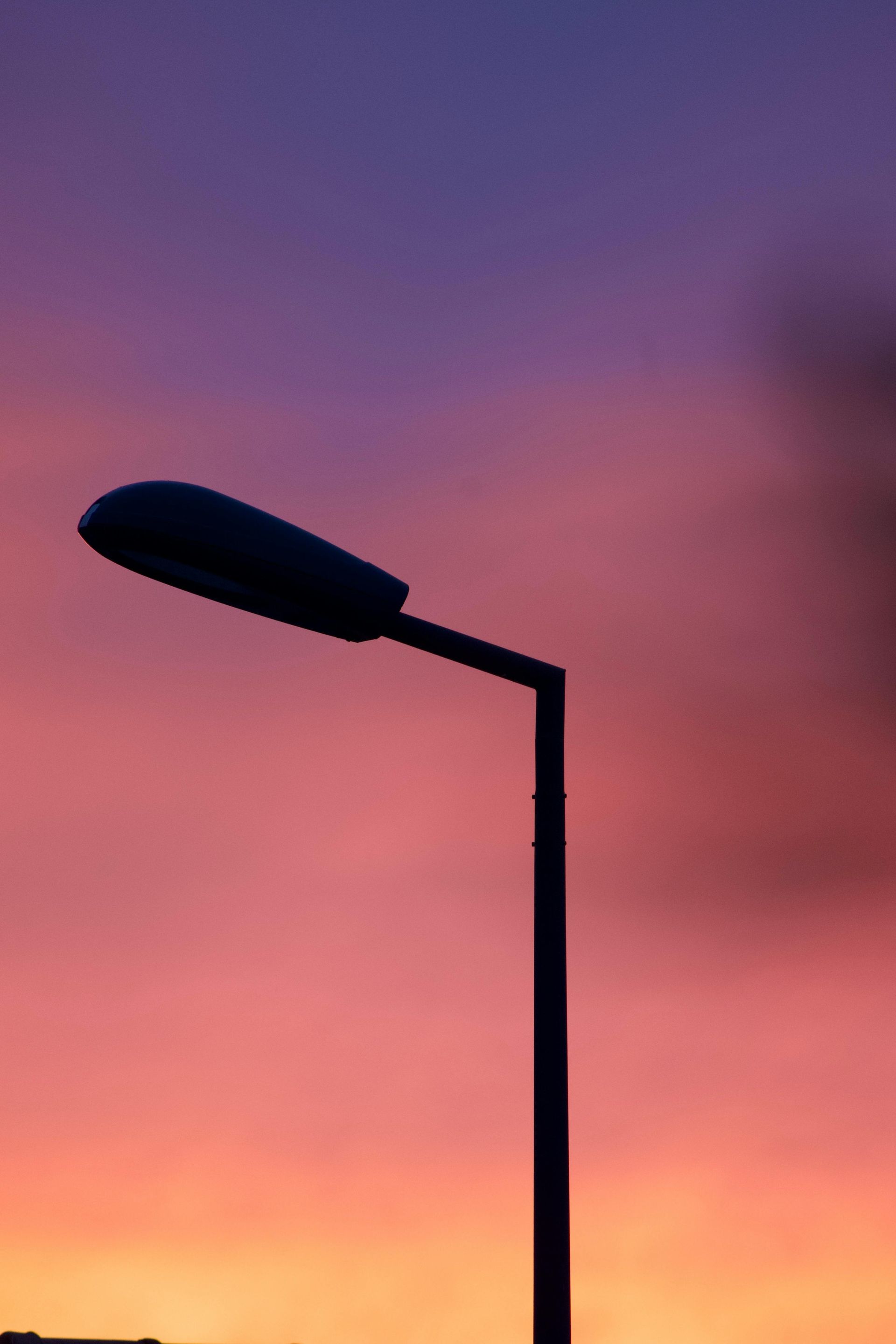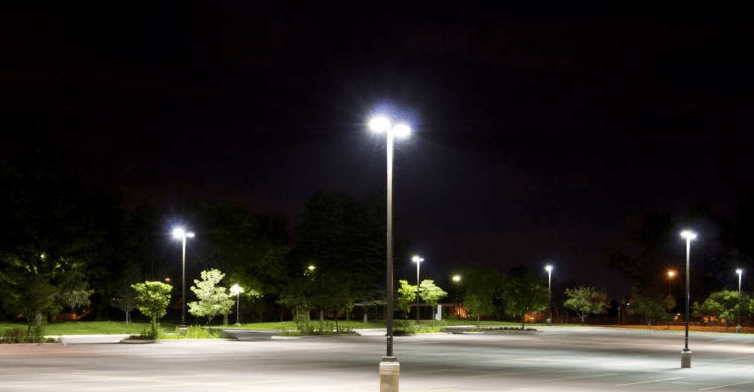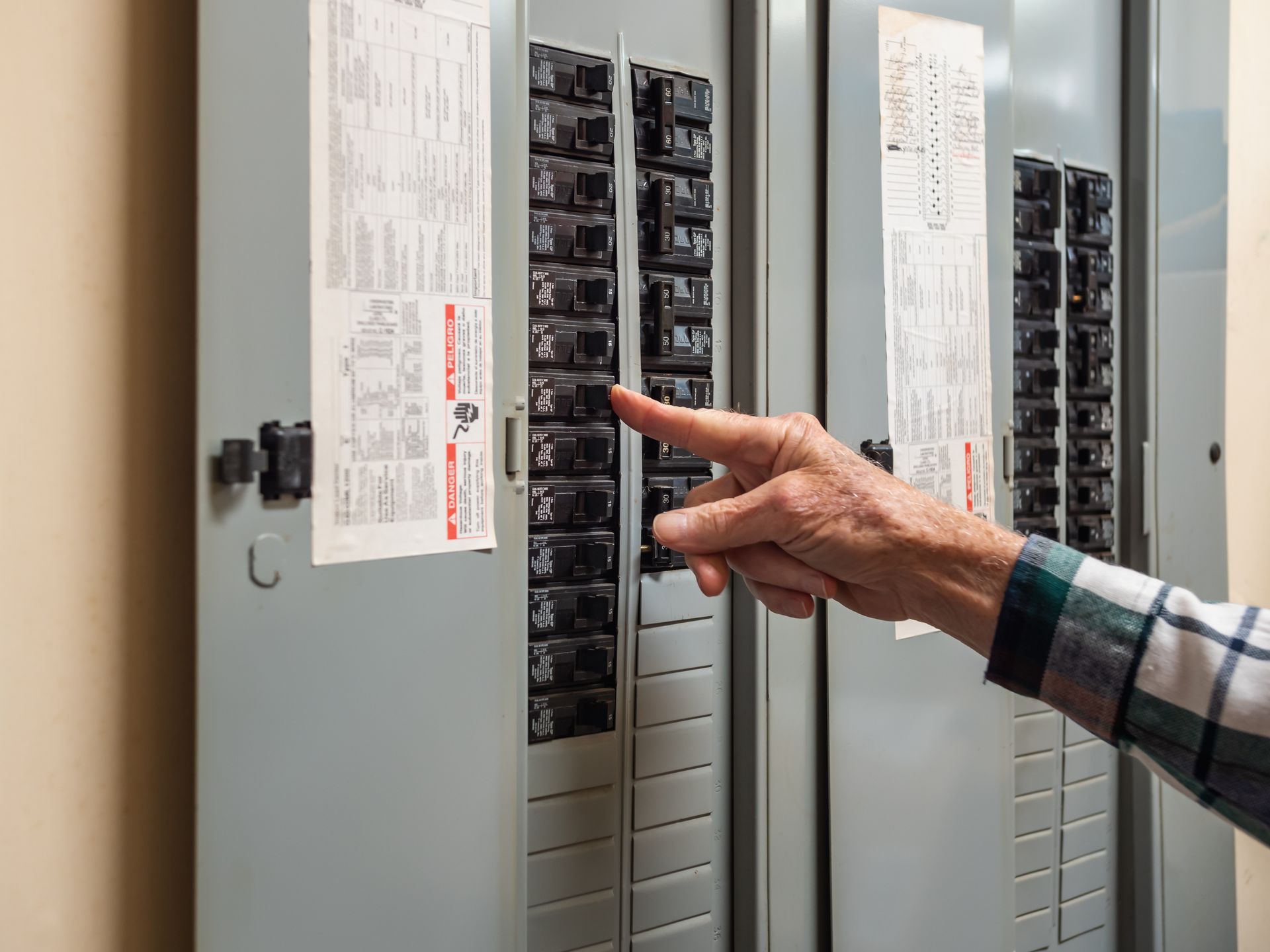Common Electrical Service and Repair in the San Antonio Area.
Victoria Meade • August 30, 2019
A Typical Day in the life of a Bolt Electric Technician.
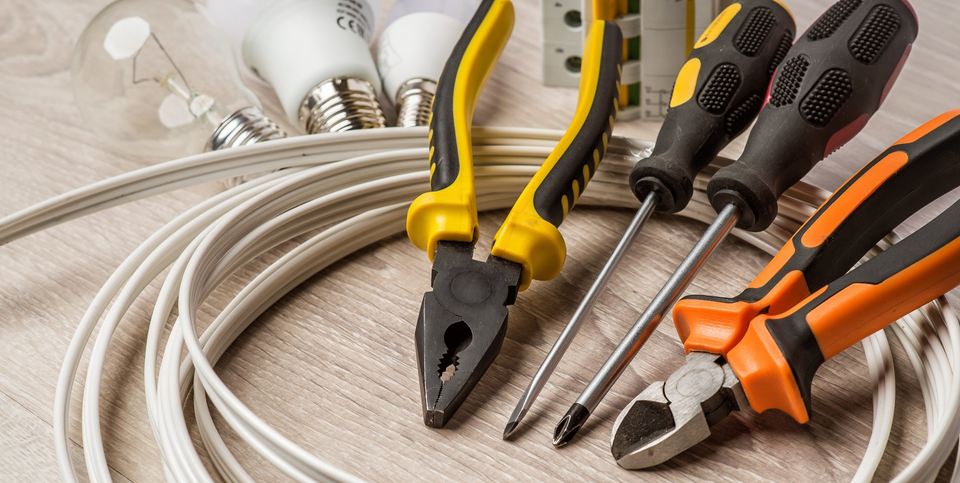
More Common than Not
Outlets not working or possibly sparking:
This is a very common and pretty much, year round issue here in the San Antonio area. Although this is usually more common for older homes and buildings, we see this problem in newer homes as well, just not as often.
As the wires in outlets settle, they can begin making a contact they shouldn’t make behind the receptacle, which can cause sparking when you plug something into the outlet, or it can cause the outlet to stop working altogether.
Light Switch not working or buzzing:
We see these complaints often, and it can be an issue for various reasons. Loose wiring, incorrect wiring, or perhaps just a failed switch. After determining that a light bulb is not burned out, or that the circuit breaker or GFCI is not tripped, the switch may have failed or could just be loose.
Be aware that a loose light switch can easily shift and arc! Electrical arcing means that loose wiring in a switch doesn't even need to be touching anything to shock someone, because electricity can jump over the gaps between exposed wires to create dangerous and unpredictable currents. Electrocution can be very serious!
Tripping Breakers:
A circuit breaker will trip when too much electricity flows through it; or when it can no longer handle the excess current load. When the breaker trips, it means that the flow of electricity is being cut off to keep your circuits from overheating or causing more damage. Below are several reasons for tripping breakers.
• Circuit Overload. One of the main reasons why circuit breakers trip constantly. This happens simply because a particular circuit just can’t provide more electricity than its actual capacity. This will lead to the overheating of the circuit, which then puts every electrical appliance connected to that circuit at risk.
A great example…say your brand new flat screen TV is connected to a circuit that can only handle 15 amps, but is now using 20, the circuit breaker trips to prevent damage to that appliance, or even potentially preventing a major fire.
• Short Circuit. Another common reason why circuit breakers trip is a short circuit, which is more dangerous than an overloaded circuit. A short circuit is caused when a “hot” wire comes into contact with a “neutral wire” in an electrical outlet.
If this happens, a large amount of current will flow through the circuit, creating more heat than that circuit is able to handle, causing the breaker to trip in an attempt to prevent a fire. You can identify a short circuit by a burning smell, usually located around the breaker, sometimes accompanied with burning as well.
• Ground Fault Surges. These are similar to short circuits. They occur when a “hot” wire comes in contact with a “ground” wire that is made of bare copper; or it touches the side of a metal outlet box; which is connected to a “ground” wire. This causes too much electricity to pass through the circuit. The breaker then trips in order to protect the circuit as well as the appliances from overheating or again, from potential fires.
If ground fault surges occur, you can usually identify the issue by checking for discoloration around your outlet. If you experience frequent tripping of your circuit breakers, it is definitely time to call in a professional and licensed electrician to investigate. Overlooking any of these problems, could potentially be putting the safety of your home and family at risk.
Flickering or Dimming lights or Power loss to a room(s):
We see these type of issues for the most part, just after a recent round of major thunderstorms, and also with power outages. These issues are evidence that you’ve more than likely experienced a power surge (or several) and may just need a breaker reset or possibly replaced. It is also possible that you have a beat up or outdated electrical panel.
Some older homes (built before 1990) can still have older panels that may not be up to the current electrical code. Often these panels work great, until they don’t, and eventually will have to be upgraded or replaced with new and updated electrical panels. We don’t recommend waiting until they don’t work to have them inspected, especially if you’re having issues with dimming or flickering lights throughout your home. On a side note, 1990 seems just like yesterday, but that’s roughly 30 years ago and a lot has changed with our electrical usage, electrical appliances...etc. in the last 30 years!
So there you have it! Those are just some of the more common Residential Service and Repair issues our technicians are called out to repair during
any given day here at Bolt Electric!
If you’re experiencing any of the above mentioned problems, please don’t hesitate to reach out to us! Here at Bolt Electric, we offer a wide range of services; including both commercial and residential electrical service and repair. Our Electricians are not only knowledgeable, but also fully licensed and insured
to do electrical work in the state of Texas.
Our many satisfied customers in San Antonio and surrounding areas have rated us an average of 4.9
on Google and we currently hold the most 5 star reviews as well!
Bolt Electric
13106 Lookout Way
San Antonio, Texas 78233
(210) 545- BOLT (2658)
We can’t wait to work with you!



